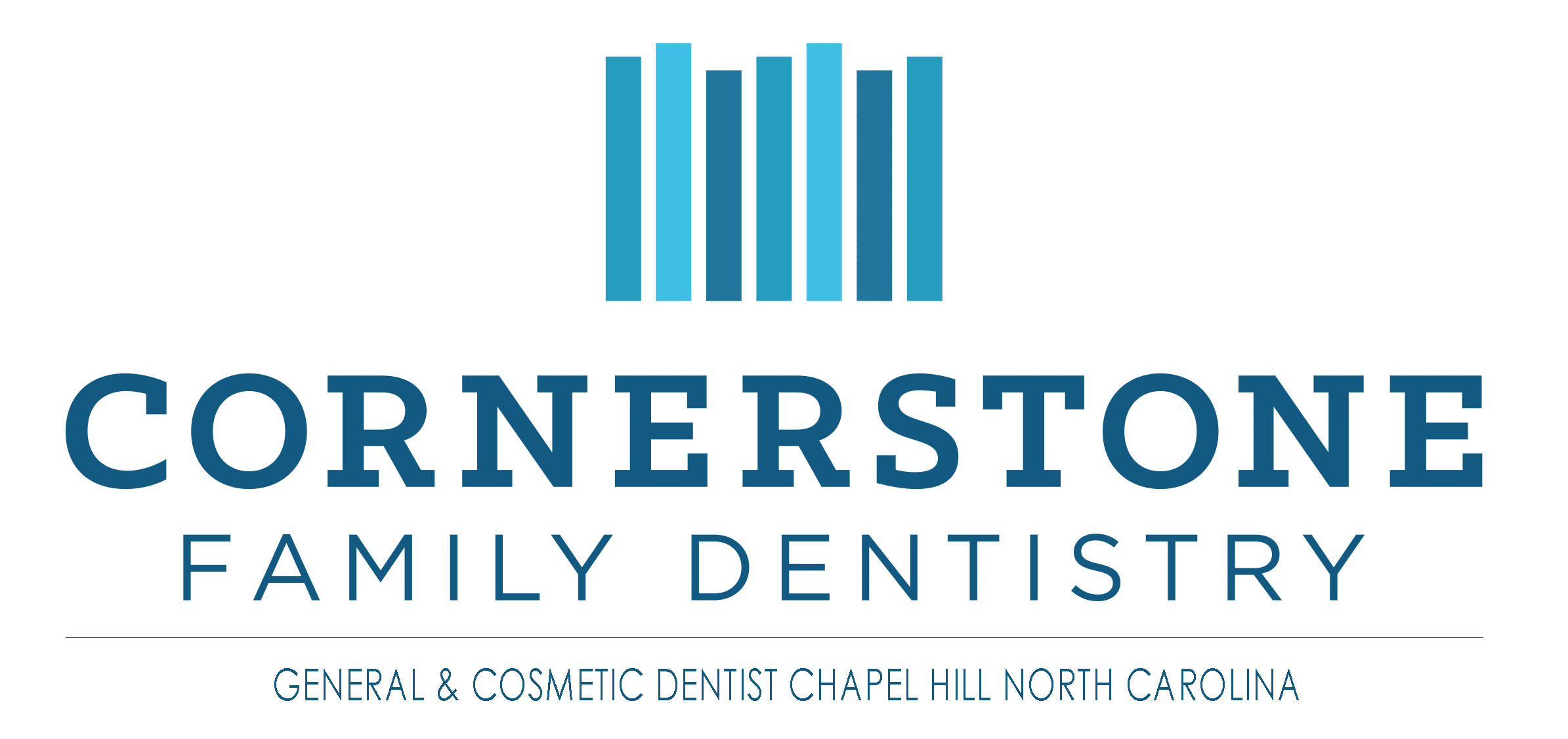Fix Broken Teeth
From eating hard food or candy, trauma from an accident, an injury, or a cavity, there are numerous reasons why a tooth may break. In addition to potentially creating functionality issues, a broken tooth can shatter self-confidence if it creates cosmetic concerns.
Fortunately, advancements in modern dental technology have created treatment options for most dental problems. In this article, we will examine some of the more common treatment options available for repairing a broken tooth.
Options for Fixing a Broken Tooth
Treatment for a broken tooth will depend on the severity of the break and should first be discussed with a dental professional. Some treatment options for broken teeth include:
- A Crown: Crowns are a convenient and commonly used treatment option when the entire tooth has been affected and needs to be covered. Thicker than veneers, crowns restore the appearance and shape of the tooth and are typically made of ceramic, porcelain, or metal. Crowns are considered by dentists to be the safest restoration option for fixing broken or decayed teeth.
- Veneers: Made of composite resin or porcelain, these custom-made shells are the most popular cosmetic restoration option for improving the smile’s appearance. For patients that are self-conscious about the appearance of their smile, veneers are an ideal solution for addressing cosmetic dental issues.
- Bonding: Considered by most dentists to be the least involved or invasive dental procedure for repairing broken teeth. With dental bonding, the dentist places composite materials over the affected areas. The materials are then shaped and polished before being hardened with a high-intensity ultraviolet light. Once hardened, the area is further shaped and polished to ensure comfort and functionality.
- Dental Implant: Placed via a surgical procedure, dental implants are ideal when a tooth is severely damaged and must be removed. After removing the broken tooth, the dentist surgically imbeds metal posts into the gumline on top of which, a restorative crown is screwed into place. The resulting implant looks and functions like the patient’s natural teeth.
- Root Canal: When teeth crack or break, the inner layer of the tooth (pulp) risks exposure to infection. A root canal is often prescribed in this situation to prevent infection from spreading. During a root canal procedure, the dentist cleans away any infected pulp tissue before placing a crown over the affected tooth.
- Fillings: Amongst the safest restorative procedures a dentist uses, fillings can be used to correct cracks or breaks in teeth. Fillings are made of gold, silver amalgam, porcelain, or tooth-colored composite resins. The procedure is cost efficient, painless, and relatively straightforward.
- Dental Sealants: Dental sealants are ideal for repairing holes, cracks, or breaks in an affected tooth. Sealants are also beneficial in that they act as a barrier against bacteria that cause cavities. Dentists place sealants on the back of the premolars and molars.
Overall, the prognosis for a broken tooth is good as long as treatment is quickly sought. Patients should contact a dentist as soon as possible if they discover they have a broken tooth as failure to act can lead to more serious complications.
